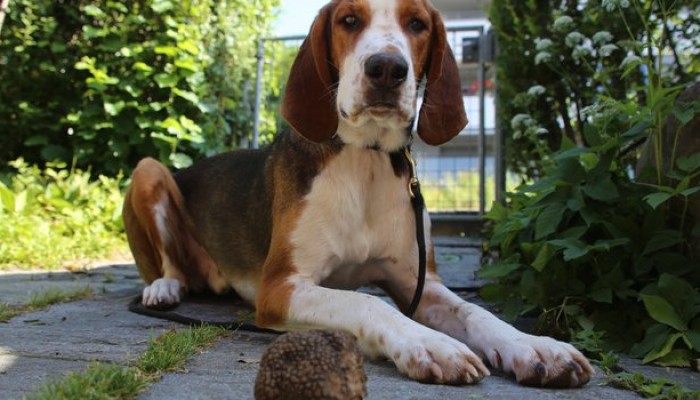
Coffee break biogeosciences, your bi-weekly biogeoscience cake to accompany your coffee…
Do you remember your last scientific conference? Did you also find the scientific coffee break discussion as interesting as the scientific talks? If yes, these short blog posts will allow you to keep the interesting coffee break discussions going as we´ll give you on a bi-weekly basis your scientific biogeoscience cake to accompany your coffee…
Mushrooms are considered perfect bio-indicators of environmental pollution. For instance, some forest mushrooms can accumulate high levels of radioactivity if the soil is contaminated with radioactive nuclides like caesium-137 (137Cs) and 90-strontium (90Sr). In a recent paper published in Biogeosciences (Büntgen et al., 2016), an open access journal of the European Geoscience Union, Swiss and German researchers analyzed truffles collected at different spots in central Europe and found that they contained insignificant amounts of 137Cs, hence being fit for human consumption.
In 1986, the Chernobyl nuclear disaster in Ukraine released substantial quantities of radioactive particles, especially 137Cs. Transported by winds and deposited by heavy rainfall, 137Cs polluted large parts of the European continent, leaving much of the continent’s topsoil layers still radioactively contaminated 30 years later. To date it remained unclear whether truffles accumulate radioactivity at a harmful level comparable to other fungal species. The researchers collected with the help of trained dogs Burgundy truffles in several natural habitats and plantations in Switzerland, Germany, France and Italy. The collected truffles contained negligible amounts of radioactivity, with 137Cs values ranging below the detection limit of 2 becquerels per kilogram (Bq kg -1). This is far below the tolerance value of 600 Bq kg-1, meaning the truffles are safe for consumption, at least in the areas the researchers sampled from. Therefore, if you´re having a headache after eating truffles in your local Italian restaurant, don´t blame the truffles but rather suspect the waiter, who overcharged you for a plate of pasta with fungi (on top of the bottle of Chianti wine).
Citation:
Büntgen, U., Jäggi, M., Stobbe, U., Tegel, W., Sproll, L., Eikenberg, J., and Egli, S.: All-clear for gourmets: truffles not radioactive, Biogeosciences, 13, 1145-1147, doi:10.5194/bg-13-1145-2016, 2016.
